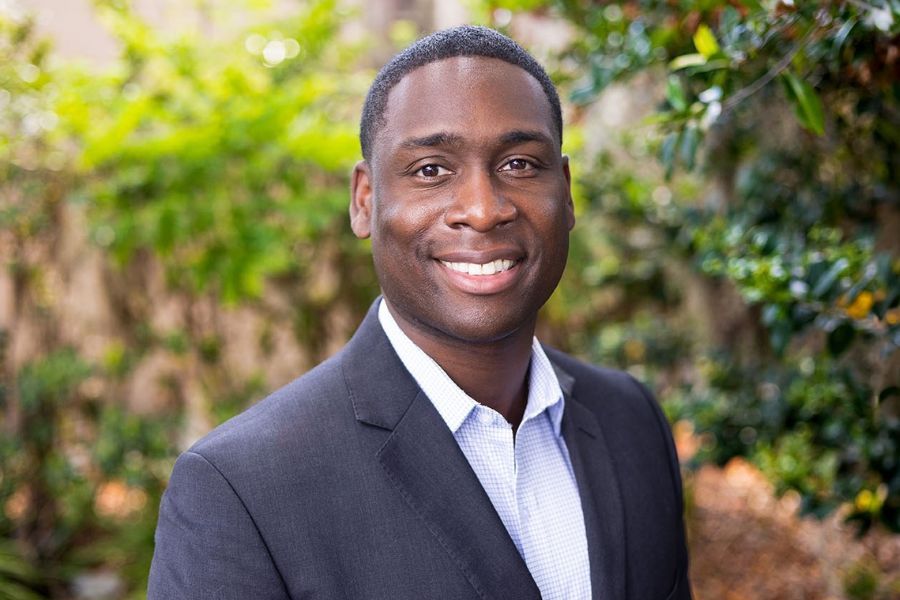Making bigger bets with smaller portfolios

A fund with a limited number of stocks might outperform in volatile markets
If you want to invest with a portfolio manager who truly believes in what he or she is doing, look for one with a limited number of stocks in his or her fund.
It doesn’t guarantee you’re getting the best manager or even the best fund, but you can believe that the more concentrated the portfolio, the more confidence that portfolio manager is displaying.
In other words, it’s easy to hide in the shadows with a closet-indexing portfolio of 154 stocks, which is the average number of positions in actively-managed stock funds tracked by Morningstar Inc. But, true conviction is sticking your neck out with a portfolio of a few dozen stocks.
Considering the record-level market volatility of the past week, shrewd stock picking and portfolio manager conviction could become increasingly important over the next few months.
“We know what we own, which leads to high conviction, bigger position sizes and more alpha generation,” said Amy Zhang, manager of the $63 million Alger Small Cap Focus Fund (AOFIX), which holds just 48 stocks.
A common theme among proponents of more concentrated portfolios is the claim of being benchmark agnostic, which is pretty much what investors are looking for whenever the broad market indexes turn bearish.
In the brief snapshot of the past week through Wednesday, which saw the S&P 500 Index drop 6.66%, the Alger fund declined by 5.55%.
The small-cap growth fund category fell by 6.2% over the same period.
“I would view the volatility in the market as a friend,” Ms. Zhang said. “When the market is very volatile that will differentiate the true stock pickers, because the higher-quality names will be less volatile.”
The flip side, however, is that on Wednesday, when the S&P rallied to gain 3.91%, and the small-cap growth category averaged a 2.41% gain, the Alger fund was up just 2.22%.
THE CASE FOR CONCENTRATION
“These days there are more managers trying to distinguish themselves from the benchmark, so if you feel like you have an edge, why would you spread your ideas over 100 or more stocks?” said Kevin McDevitt, a Morningstar analyst.
“More concentrated is more aggressive, which means it tends to be feast or famine that leads to wider performance swings,” he added.
While he hasn’t officially tested it, Mr. McDevitt said, in theory at least, it is logical that, during periods of increased performance dispersion among stocks, the managers of more concentrated portfolios would have an advantage.
Likewise, during periods of sweeping bull markets where performance dispersion is lower, it would favor a larger more diversified portfolio.
“Absolutely, concentrated portfolios do better in periods of higher volatility, because in periods like this markets become irrational and it’s hard to produce superior results when you look like an index,” said Martin Sass, chief executive of M.D. Sass, which has $7.5 billion under management in concentrated funds and separate accounts.
“The popular view is you want a low tracking error versus a benchmark index, and even our own marketing people have told me that, but I’m not interested in doing something for pure marketing purposes,” he added. “Concentration goes against the conventional wisdom that diversification is the Holy Grail, but I think diversification adds risk.”
Most of the M.D. Sass assets are managed in separate accounts, but the case for concentration is illustrated in the $165 million M.D. Sass Equity Income Plus Fund (MDEIX), which employs a popular covered-call strategy with just 35 holdings.
During the volatility of the past week, the fund declined by 3.09%, while its long-short equity fund category declined by 3.28%.
During Wednesday’s market rally, the fund gained 2.52%, while the category gained 1.48%.
Aside from general screens of portfolio sizes, there isn’t a lot of deep research on the power of concentrated portfolios, which is why we’re talking about it merely as one of many things to look for when investing.
But, according to Todd Rosenbluth, director of mutual fund and ETF research at S&P Capital IQ, concentrated funds do have more in common than just fewer investments that could be giving them an edge.
“I think concentrated portfolios are more likely to be found at smaller, more independent private asset managers,” he said.
Mr. Rosenbluth pointed out that mutual fund giant Fidelity Investments, for example, doesn’t have a single non-sector domestic equity mutual fund with fewer than 40 holdings.
Of the 7,540 equity mutual funds across all share classes tracked by S&P Capital IQ, 974, or 13%, have fewer than 40 holdings.
Another thing about being part of a small and independent firm that isn’t afraid to step out on a limb: It turns out that smaller portfolios also use cash more liberally, which can be another tool for navigating choppy markets.
Of those 974 concentrated funds counted by Mr. Rosenbluth, 210, or 21.5%, have 5% or more in cash, and 106, or 10.9%, have 10% or more in cash.
By comparison, of the larger universe of 7,540 funds, 676, or 8.9%, have 5% or more in cash, and 227, or 3%, have 10% or more in cash.
“A concentrated fund, in theory, should be more volatile, but cash isn’t volatile at all,” Mr. Rosenbluth said. “Having cash this past week was a good thing, because it protects the downside and gives management a chance to get in when things sell off.”
Learn more about reprints and licensing for this article.








